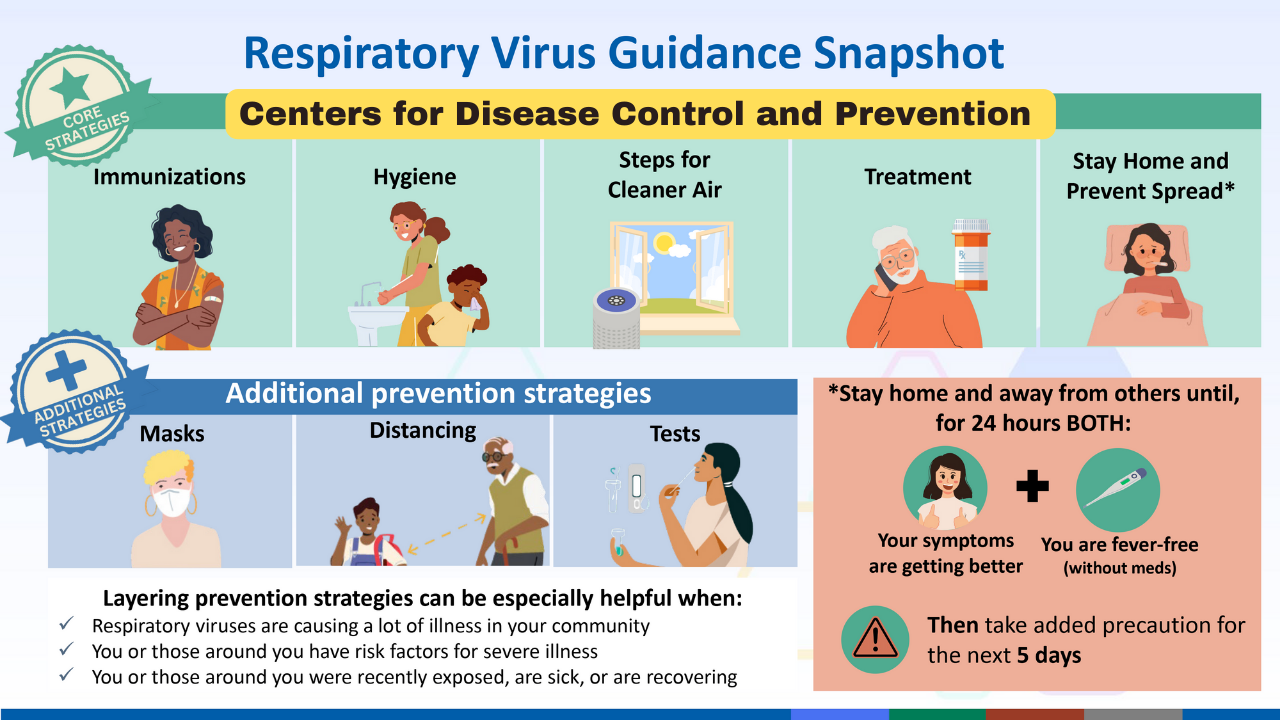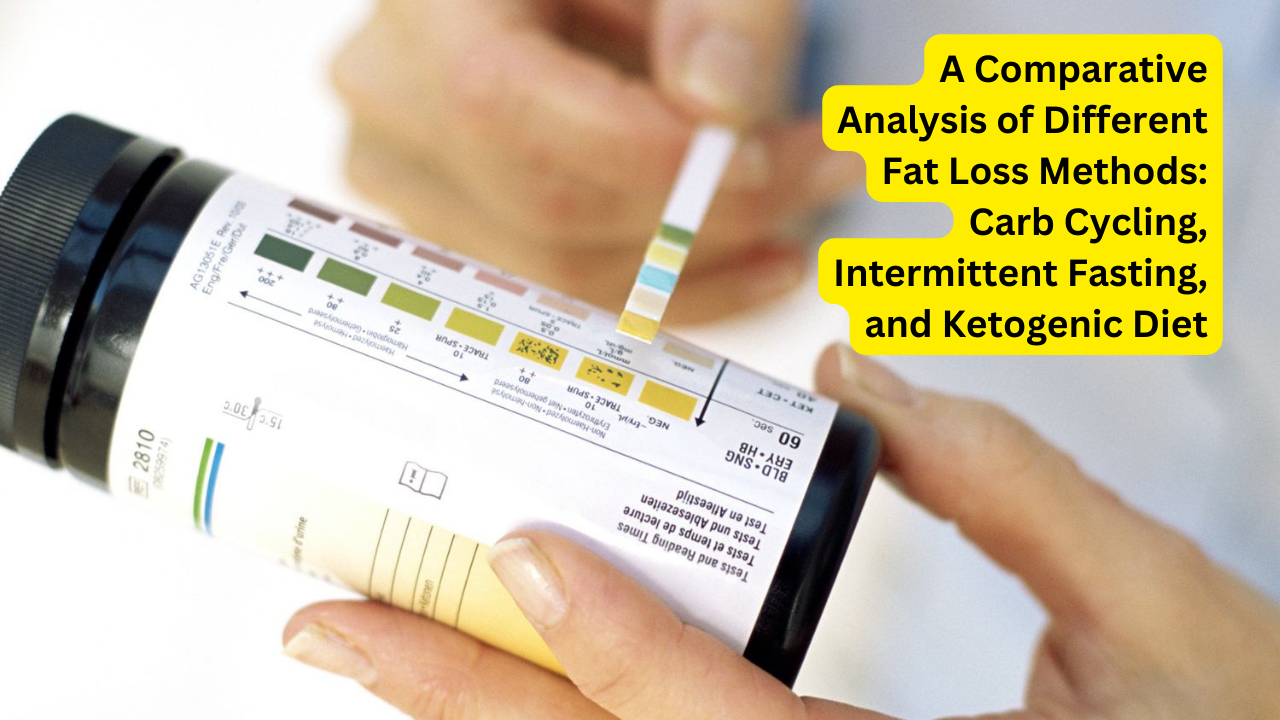What Causes Pancreatic Cancer?

What Causes Pancreatic Cancer? Pancreatic cancer is a formidable disease often detected at an advanced stage due to its subtle symptoms and the challenging nature of its diagnosis. This article delves into what causes pancreatic cancer and the evolving field of Hepatobiliary & Pancreatic (HPB) Oncology, a vibrant and rapidly progressing sub-specialty.
Anatomy and Function of the Pancreas
The pancreas is a crucial organ located behind the stomach. It plays a vital role in digestion and blood sugar regulation. The glandular structure of the pancreas allows it to produce digestive enzymes and hormones such as insulin and glucagon. These functions are essential for maintaining the body’s energy balance and nutrient absorption.
What Causes Pancreatic Cancer?
Pancreatic cancer arises when cells in the pancreas begin to grow uncontrollably. There are several causes of pancreatic cancer:
1. Genetic Mutations
Mutations in specific genes can predispose individuals to pancreatic cancer. These genetic alterations can be inherited or acquired due to environmental factors. Some of the genes commonly associated with pancreatic cancer include BRCA1, BRCA2, and P16.
2. Family History
A family history of pancreatic cancer increases the risk significantly. Individuals with first-degree relatives diagnosed with pancreatic cancer are more likely to develop the disease themselves.
3. Lifestyle Factors
Several lifestyle factors contribute to the development of pancreatic cancer:
- Smoking: Cigarette smoking is one of the most significant risk factors, doubling the risk of developing pancreatic cancer.
- Obesity: Excess body weight is linked to an increased risk due to chronic inflammation and insulin resistance.
- Diet: A diet high in red and processed meats, as well as low in fruits and vegetables, can elevate the risk.
4. Medical Conditions
Certain medical conditions are linked to a higher incidence of pancreatic cancer:
- Chronic Pancreatitis: Long-term inflammation of the pancreas can lead to cellular changes and cancer.
- Diabetes: Both long-standing diabetes and new-onset diabetes can be indicators and risk factors for pancreatic cancer.
5. Environmental Exposures
Exposure to certain chemicals and pesticides has been linked to an increased risk of pancreatic cancer. These substances can cause genetic mutations or other cellular changes leading to cancer development.
Symptoms and Diagnosis of Pancreatic Cancer
Pancreatic cancer often presents with subtle symptoms that can be easily overlooked or attributed to other conditions. Some common symptoms include:
- Abdominal pain radiating to the back
- Unexplained weight loss
- Jaundice (yellowing of the skin and eyes)
- Loss of appetite
- Nausea and vomiting
Challenges in Diagnosing Pancreatic Cancer
Due to its anatomical location and the non-specific nature of its symptoms, pancreatic cancer is challenging to diagnose early. Most abdominal cancers are readily diagnosed through symptoms such as vomiting, gastrointestinal bleeding, and intestinal obstruction. However, liver, pancreatic, and bile duct tumors require specific diagnostic tests due to their unique positioning and subtle symptoms.
Advanced Diagnostic Techniques
Several advanced diagnostic techniques are essential for detecting pancreatic cancer:
- MRCP (Magnetic Resonance Cholangiopancreatography): This imaging technique provides detailed images of the pancreatic and bile ducts.
Hepatobiliary and Pancreatic (HPB) oncology represents a dynamic and swiftly advancing sub-specialty within the realm of oncological sciences. This field specifically addresses tumors originating in the liver, pancreas, and bile ducts, necessitating specialized diagnostic approaches due to their intricate anatomical locations and subtle symptomatology.
Symptoms and Diagnostic Challenges
Symptomatology of HPB Tumors
HPB tumors often manifest with vague and nonspecific symptoms, which complicates early diagnosis. Symptoms may include vomiting, gastrointestinal bleed, intestinal obstruction, and other signs of digestive distress. However, these indicators can be mistaken for other gastrointestinal conditions, delaying accurate diagnosis.
Diagnostic Techniques
MRCP (Magnetic Resonance Cholangiopancreatography)
MRCP is a non-invasive imaging technique crucial for visualizing the biliary and pancreatic ducts. It provides detailed images without the need for invasive procedures, aiding in the detection of tumors and abnormalities.
EUS (Endoscopic Ultrasound)
Endoscopic ultrasound combines endoscopy and ultrasound technology to obtain high-resolution images of the pancreas and surrounding structures. It enables precise localization and staging of tumors, guiding treatment decisions.
ERCP (Endoscopic Retrograde Cholangiopancreatography)
ERCP is utilized to diagnose and treat conditions affecting the bile ducts and pancreatic ducts. It involves inserting a flexible tube (endoscope) through the mouth to reach these ducts, where contrast dye is injected to highlight abnormalities on X-ray.
Spy Scopy and Multi-Slice CT Scan
Spy scopy involves using a tiny camera (endoscope) to inspect the bile and pancreatic ducts directly, allowing for real-time visualization and biopsy if necessary. Multi-slice CT scan provides cross-sectional images of the abdomen, facilitating the detection of tumors and metastases.
Treatment Modalities
Surgical Interventions
Surgical resection remains the primary treatment for localized HPB tumors, aiming to remove cancerous tissue while preserving organ function whenever possible. Advances in surgical techniques, such as laparoscopic and robotic-assisted surgeries, have improved outcomes and reduced recovery times for patients.
Chemotherapy and Radiation Therapy
Chemotherapy and radiation therapy play pivotal roles in managing advanced HPB cancers, either as primary treatments or in conjunction with surgery. Targeted therapies, such as immunotherapy, are increasingly utilized to target specific molecular markers on cancer cells, enhancing treatment efficacy.
Prognosis and Research Advances
Ongoing research in HPB oncology focuses on identifying biomarkers for early detection, refining treatment strategies, and improving patient outcomes. Clinical trials evaluate novel therapies and diagnostic tools, contributing to the continuous evolution of treatment protocols.
Conclusion
Hepatobiliary and Pancreatic (HPB) oncology presents unique diagnostic challenges due to the subtlety of symptoms and complex anatomical considerations. Advances in imaging technology and treatment modalities have transformed patient care, offering new hope in the fight against HPB tumors.




